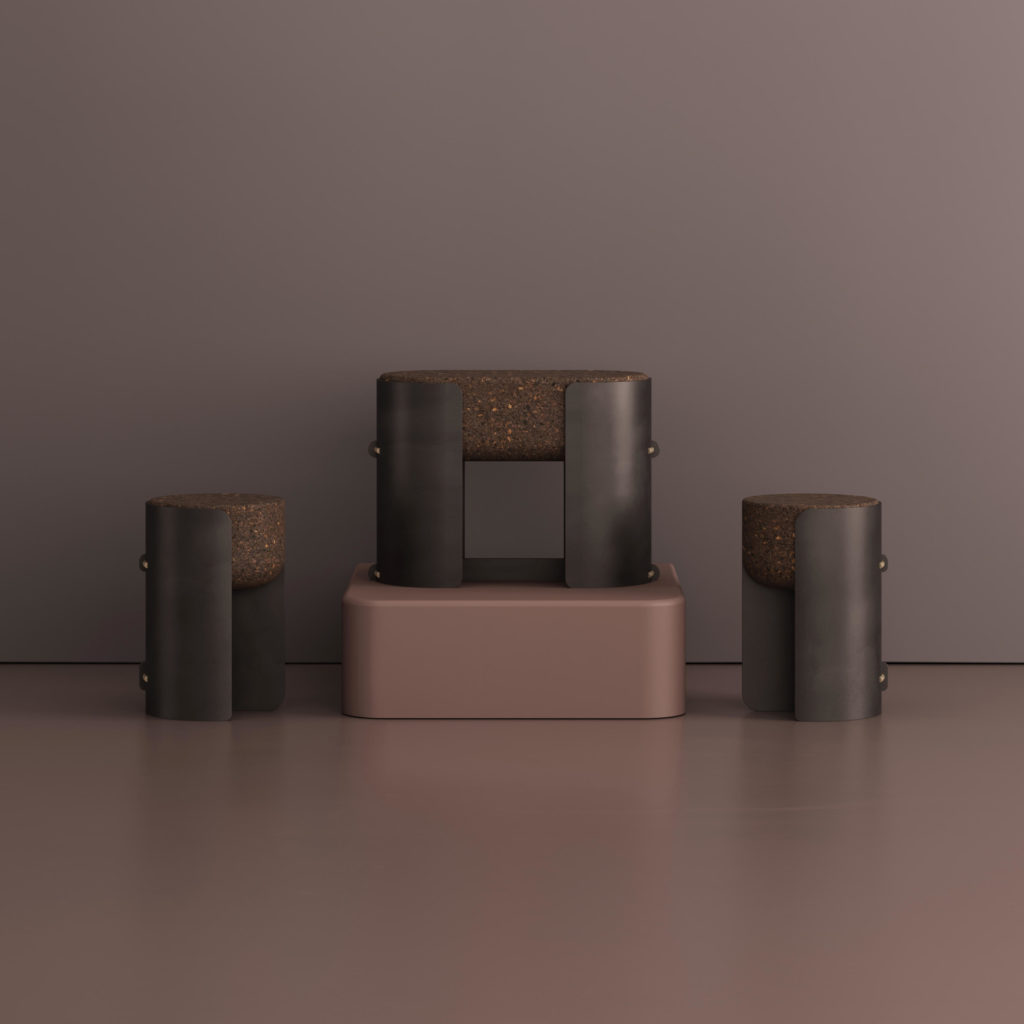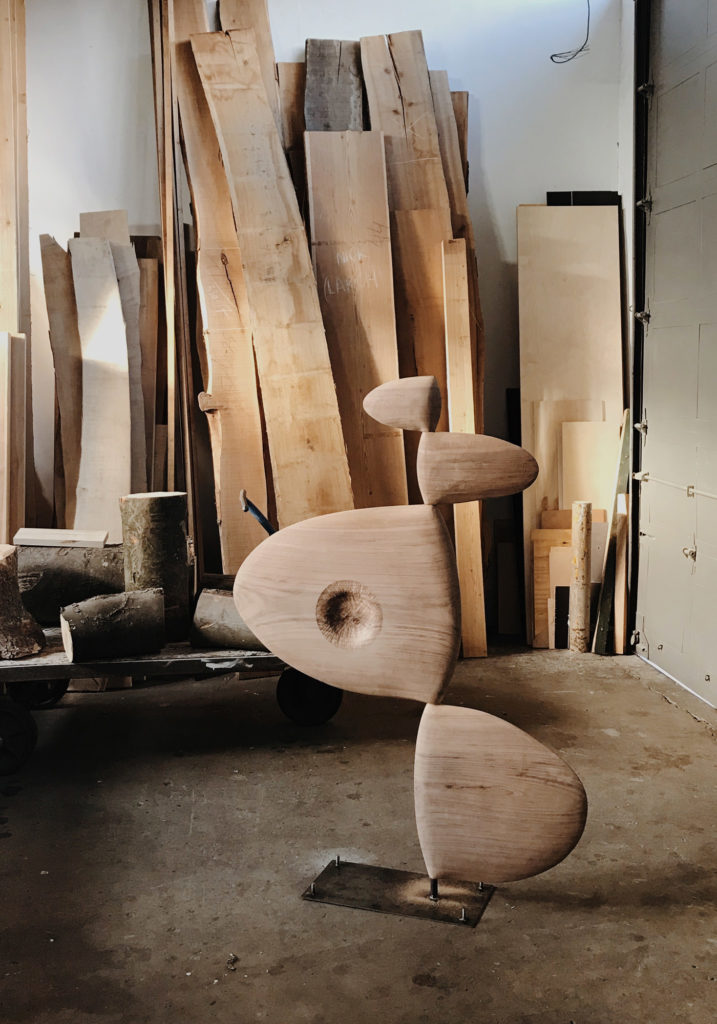previous Pop-Corn
next
Le nouvel or bleu
La Matériauthèque • Tous les mois, Goodmoods enquête sur une matière dans l’air du temps, avec Plendi by Vinci Construction, qui jongle avec les matériaux rares et savoir-faire singuliers pour ses réalisations d’exception.
Les créatifs plongent dans l’océan à la recherche des matériaux de demain. Spiruline, chlorelle, nori, agar-agar… Autant de noms d’algues méconnues qui promettent de bouleverser la création contemporaine. Biodégradables, malléables, et comestibles, les algues font l’objet d’un intérêt grandissant. Ces végétaux aux mille et une vertus servent aujourd’hui de colorants et de matières premières aux designers, fabricants textiles, producteurs de bioplastiques qui voient ce matériau marin comme un nouvel or bleu. Dans ce même élan marin, les sédiments (vase et boue), rebuts de coquillages et crustacés ne sont pas en reste et se transforment en verre, néo-béton ou céramiques uniques. Démonstration.
The algal research of Samuel Tomatis
The designer Samuel Tomatis fell in love with algae during his studies at the École nationale supérieure de création industrielle. He is currently exhibiting his research at the Pavillon de l'Arsenal as part of the "Agora du design" exhibition. Interviewed by Hélène Aguilar in the latest episode of the podcast Où est le beau ? Samuel explains the path he has taken with biologists, chemists and craftsmen to reveal the potential of algae. Depending on the type of algae, he is able to reproduce the appearance of leather, ceramic, translucent resin or woven textiles.
The thousand and one colours of algae
If in the collective mind the pigment called chlorophyll gives algae its famous green colour, researchers are able to extract blue, red, brown or yellow dyes from it. This is why the younger generation of designers is using seaweed as a new natural vegetable dyeing process.
Algae packs
Toxic, disposable plastic packaging could be overtaken by algae. Chilean designer Margarita Talep has developed a bioplastic made mainly of agar, a gelatinous component extracted from red algae. These new types of packaging come in soft, pastel colours and are dyed with cabbage, carrot and beetroot extracts. Natural from A to Z.
Sludge to create vases
If seaweed is popular, marine sediments - which today are nothing more than silt and mud - are not to be outdone. Gwilen, a young Breton workshop founded by architect and engineer Yann Santerre, recovers and recycles these sediments. He tells here to the microphone of Hélène Aguilar his low-lech process to transform this undesirable resource into natural stone !
Aurore Piette, meanwhile, transgresses traditional ceramic techniques by relying on the tides and sediments. She places handmade moulds at low tide, secured with ropes, to allow nature to form the artefacts within these containers. Dried by the sea and wind, the pieces are then fired in the ancestral ceramic kiln. Two singular and striking examples of how to avoid dumping excess marine sediments in ports.
Shellfish
Marine mineral waste, such as oyster shells, snail shells and even fish bones, have a new life. Lucile Viaud collects them to turn them into glass. She explains in this podcast this singular transformation.
In the same dynamic, the London studio Newtab-22 presents its Sea Stone project: a lightweight material made from shells recovered from the seafood industry, which have been crushed and mixed with natural binders. A sustainable alternative to concrete, based on the composition of the shells, which has similar properties to the limestone used for cement.


















